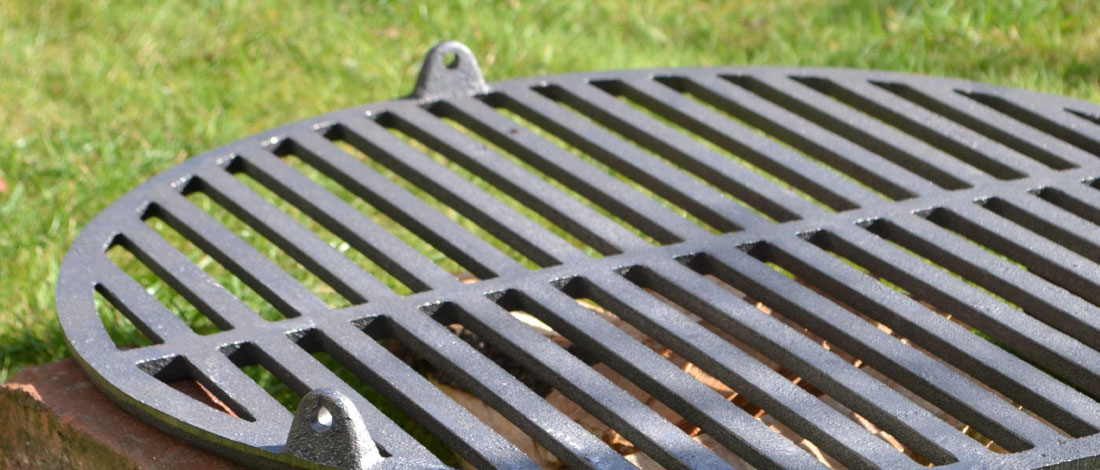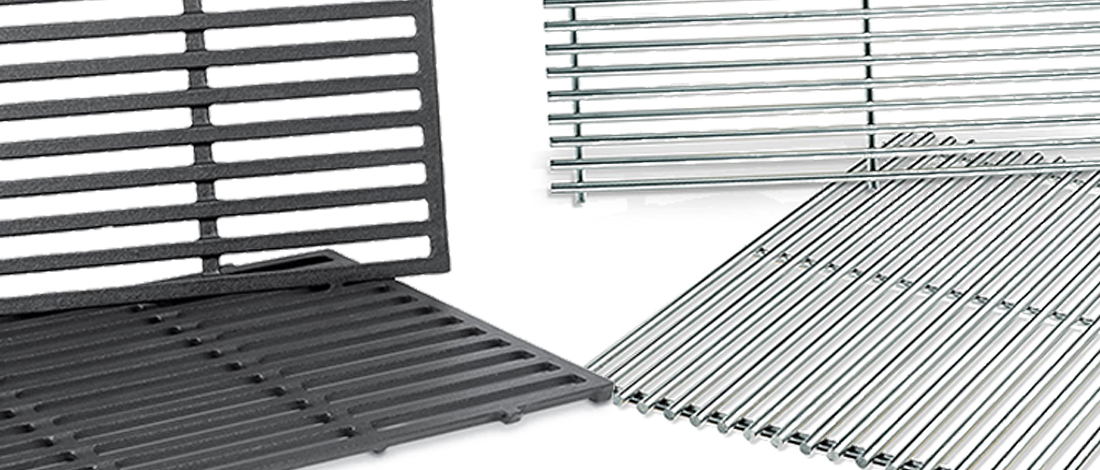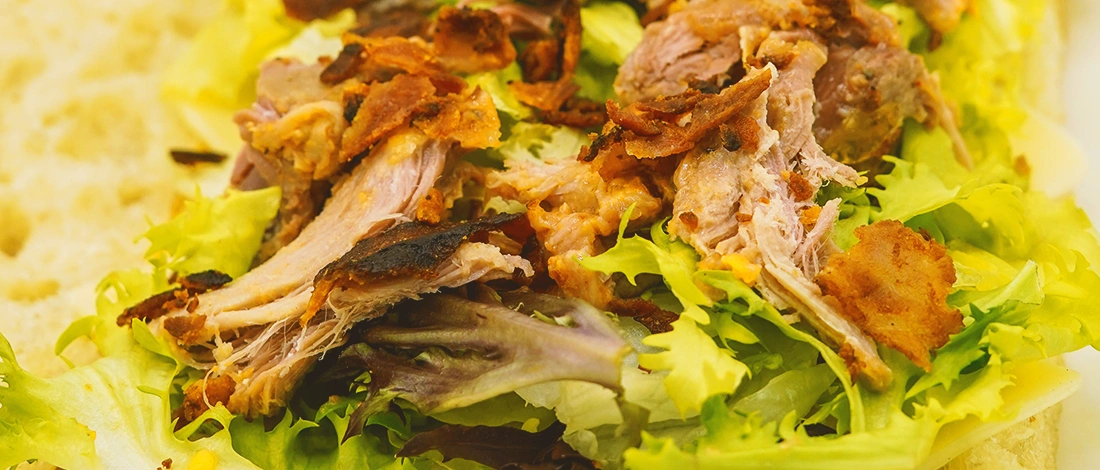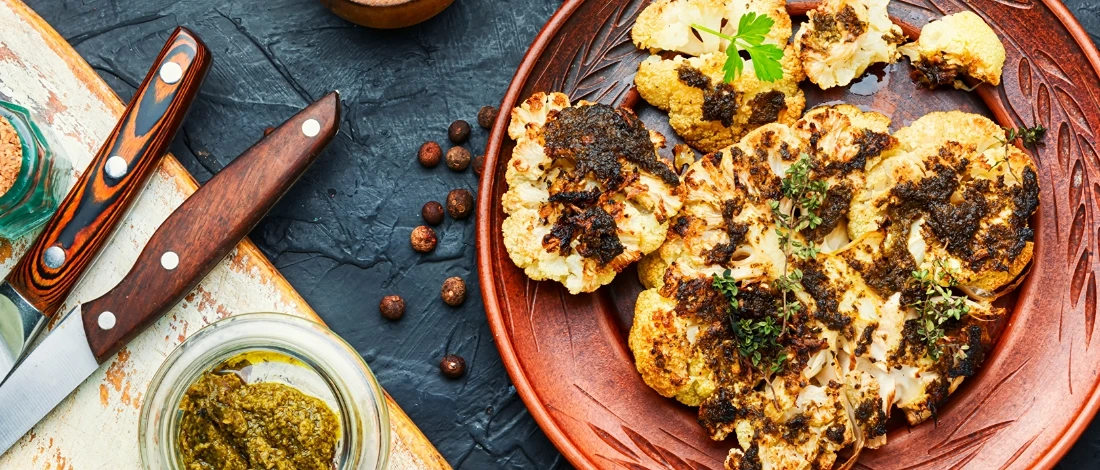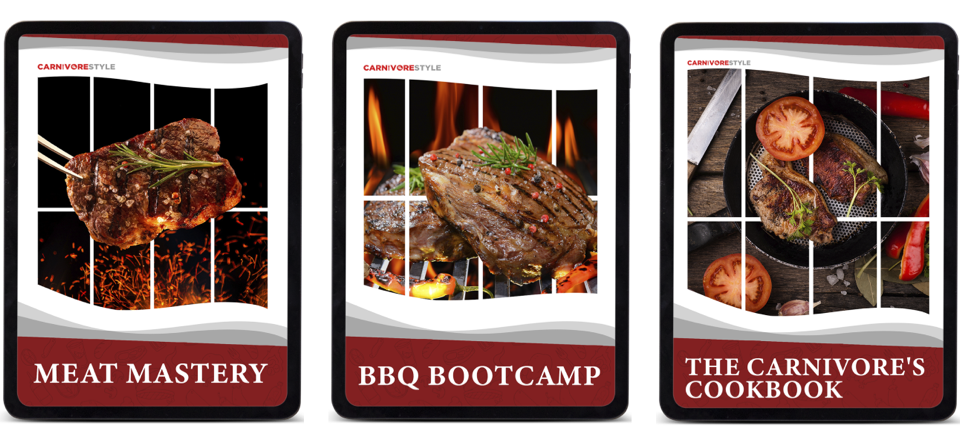I’ve been cooking steaks for years, and nothing beats the satisfaction of biting into a perfectly seared, juicy steak.
There's something about using a cast iron skillet that really elevates the flavor and texture. The heat retention of a hot cast iron pan helps develop that mouthwatering, golden-brown crust while keeping the inside tender and juicy.
Over time, I've learned that the key to cooking a great steak is knowing the right techniques, and today, I’m sharing all the tips to make sure you cook the perfect steak every time using a cast iron skillet.
Recipe Overview

- Prep Time: 10 minutes
- Cook Time: 15 minutes
- Total Time: 25 minutes
- Servings: 2
Ingredients
- 2 ribeye steaks (or your preferred cut, about 1 inch thick)
- 2 tablespoons avocado oil (or canola oil, high smoke point oil)
- 1 tablespoon unsalted butter
- 3 garlic cloves, smashed
- 2 sprigs fresh thyme
- Kosher salt, to taste
- Freshly ground black pepper, to taste
Instructions

Step 1: Prep the Steaks
Start by letting the steaks sit at room temperature for about 10–15 minutes. This helps them cook more evenly and stay juicy. Pat the steaks dry with paper towels and season generously with kosher salt and freshly ground black pepper. Don't be shy with the seasoning as it'll help form a nice crust.
Step 2: Heat the Cast Iron Skillet
Place your cast iron skillet on the stovetop and heat it over medium-high heat. You want the pan to be hot, this is crucial for a perfect sear. Add the avocado oil to the skillet and let it heat up until it's shimmering. The hot pan is key to that delicious brown crust.
Step 3: Sear the Steak
Once the oil is shimmering, carefully place the steaks in the skillet. Don't move them around. Let them sear without touching for about 4–5 minutes on the first side, depending on your desired doneness. Flip the steak using tongs and add the butter, smashed garlic, and thyme sprigs. As the butter melts, spoon it over the steaks to keep them juicy and flavorful. Sear the second side for another 3–4 minutes.
Step 4: Check the Temperature
Use a meat thermometer to check the internal temperature. For a medium-rare steak, look for 130–135°F. Adjust the cook time based on your preference; more time for a well-done steak, less for rare.
Step 5: Let the Steak Rest
Once your steak has reached the perfect internal temperature, remove it from the skillet and let it rest on a cutting board for about 5–10 minutes. This step is important as it helps redistribute the juices, making the steak more tender and juicy.
"The secret to a perfect steak lies in the simplicity; just the right heat, the right seasoning, and a little patience. Let the steak do the work for you."
– Chef Emily Miller
Recipe Notes

- Use a hot skillet: Make sure your cast iron skillet is preheated well to get a good sear, delicious crust, and caramelization.
- Season generously: If you want a perfect steak dinner, seasoning the meat well before cooking gives the crust flavor and enhances the meat's natural taste.
- Rest your steak: Let the steak rest before cutting into it. This keeps the steak sauce and juices inside, making each bite tender and juicy.
- High smoke point oil: I prefer avocado oil because it has a high smoke point and doesn’t burn easily. In my experience, avocado oil gives the perfect pan seared steak all the time, however, you can use canola or vegetable oil too.
- Don't overcrowd the pan: If you’re cooking multiple steaks, make sure there’s enough space in the pan. This ensures they cook evenly and get that perfect sear.
Nutritional Facts (Per Serving)
- Calories: 650
- Protein: 50g
- Fat: 45g
- Carbs: 0g
- Sugar: 0g
- Cholesterol: 130mg
- Sodium: 800mg
How to Pick the Right Steak

When you're choosing a steak for this cast iron skillet recipe, here’s what you should consider:
- Go for thicker cuts: A 1-inch thick steak gives enough room for that perfect sear without overcooking.
- Look for marbling: The white streaks of fat throughout the steak melt as it cooks, giving you a juicy and flavorful result.
- Choose your cut wisely: Ribeye is great for its marbling, but you can also use New York strip or filet mignon if you prefer.
- Bone-in or boneless? Bone-in steaks tend to be more flavorful, but boneless cuts cook faster.
- Fresh, not frozen: Fresh steak will yield better results when pan-searing, as frozen steaks can release excess water.
Best Side Dishes to Serve With Your Cast Iron Skillet Steak
Pairing your steak with the right sides can elevate the meal even further. Here are my go-to sides:
1. Crispy Roasted Potatoes
Roast potatoes in high heat until they’re golden brown and crispy. They’re perfect for scooping up leftover steak juices, and the texture pairs beautifully with the steak's tenderness.
2. Sautéed Garlic Green Beans
Toss green beans in melted butter and sauté with garlic. The crispiness of the beans complements the tender steak, and the garlic butter adds a savory touch that balances the richness of the meat.
3. Simple Arugula Salad
A light, peppery arugula salad with a lemon vinaigrette is a great contrast to the rich, juicy pan seared steak. The fresh greens brighten up the plate and add a refreshing bite.
4. Creamy Mashed Potatoes
Classic mashed potatoes are always a hit with steak. Add a bit of butter and cream for extra richness that pairs perfectly with the savory steak. The smooth texture is the ideal contrast to the steak’s sear.
5. Grilled Asparagus
Grill asparagus with a dash of olive oil and salt. The slight smokiness from grilling pairs beautifully with the steak, and the tender yet slightly crispy asparagus adds a fresh, earthy flavor that complements the richness of the perfectly cooked steak.
Related Articles:
FAQs
1. Can I Make this Hot Cast Iron Skillet Recipe With a Different Type of Steak?
Yes, you can make this cast iron steak recipe with a different type of steak. I recommend using steak cuts like ribeye, sirloin, filet mignon, or New York strip all work great for this recipe
2. Can I Use a Non-Cast Iron Skillet?
Yes, you can use a non-cast iron skillet but cast iron works best because it retains heat better and gives the steak that perfect crust.
3. What Should I Do if I Don’t Have a Meat Thermometer?
If you don’t have a thermometer, you can check doneness by pressing the steak with your finger. A medium-rare steak should feel soft but with a bit of resistance.
4. How Do I Store Leftovers?
Store leftover steak in an airtight container in the fridge for up to 3 days. Reheat gently on low heat to keep it tender.



